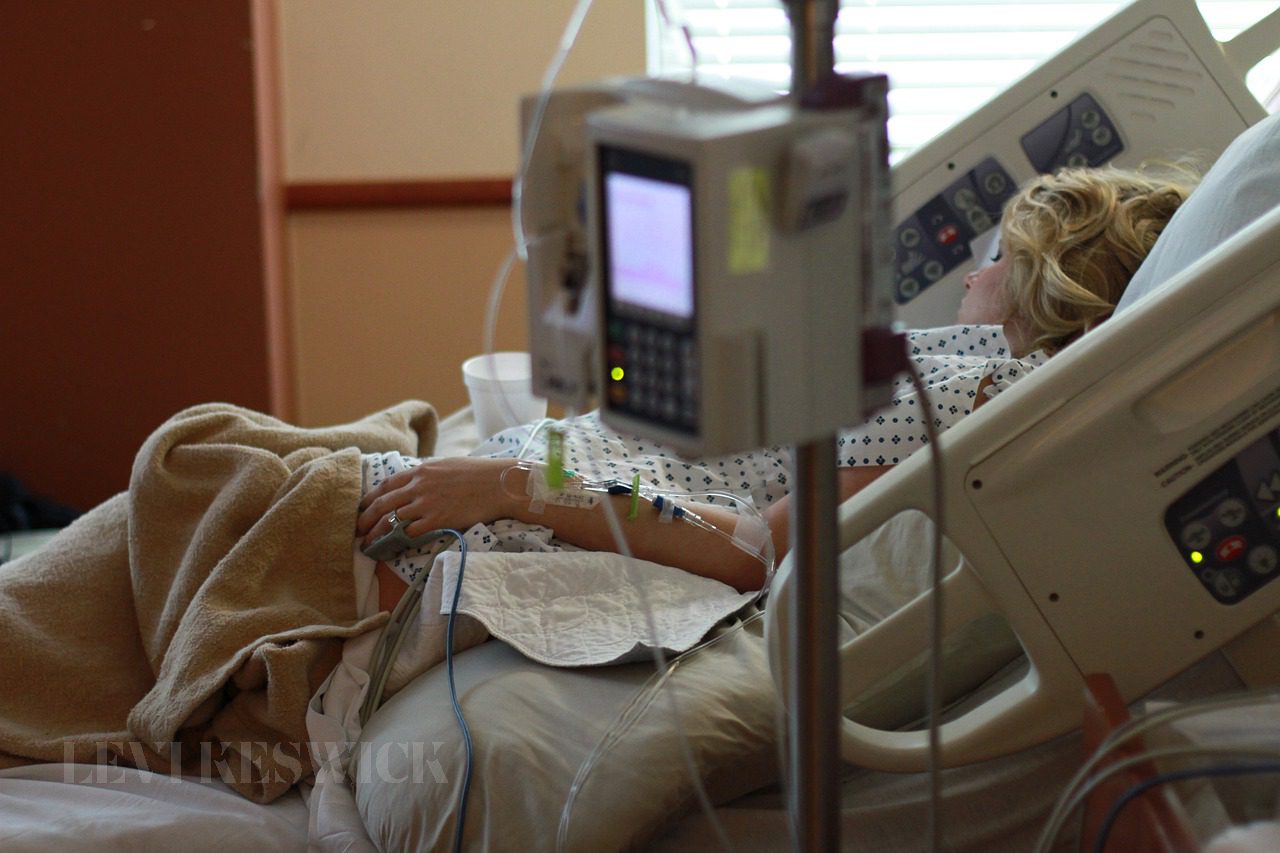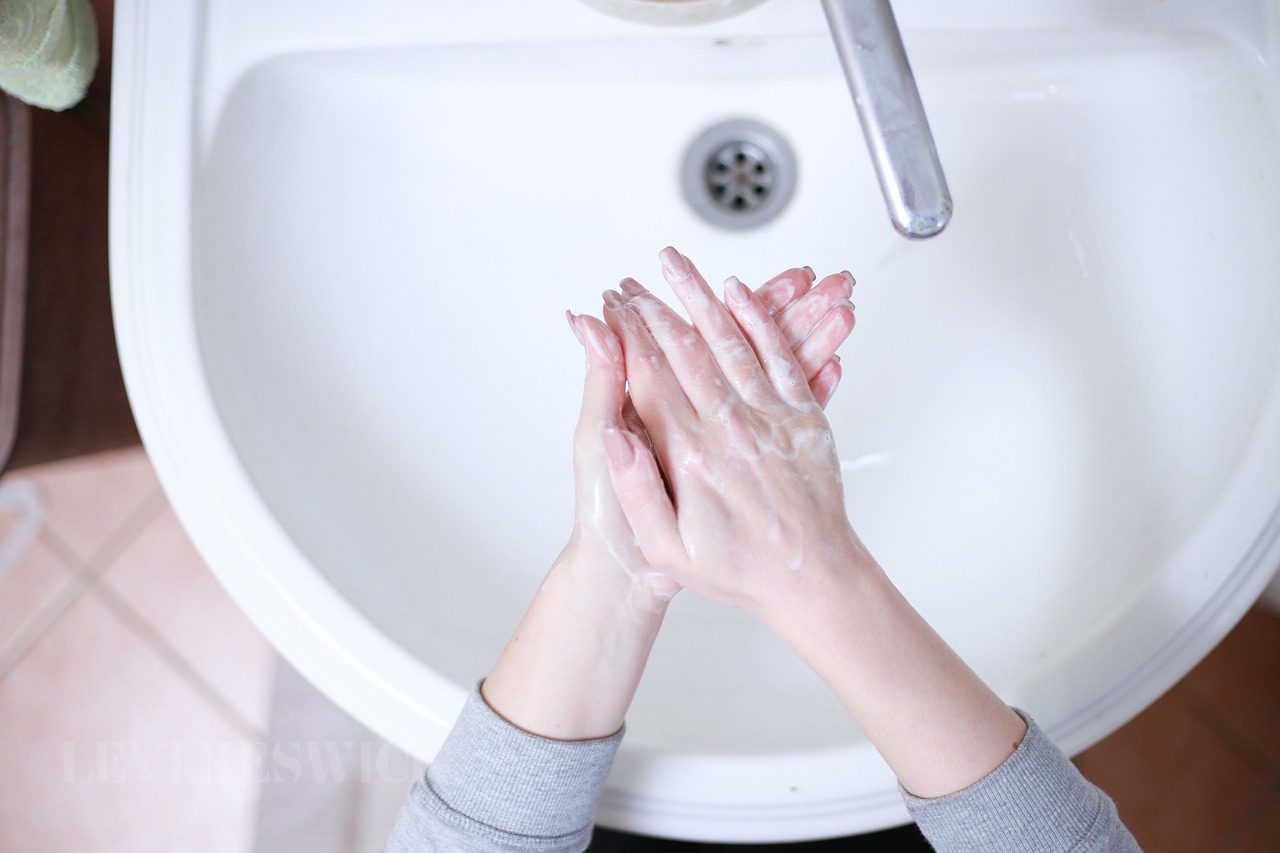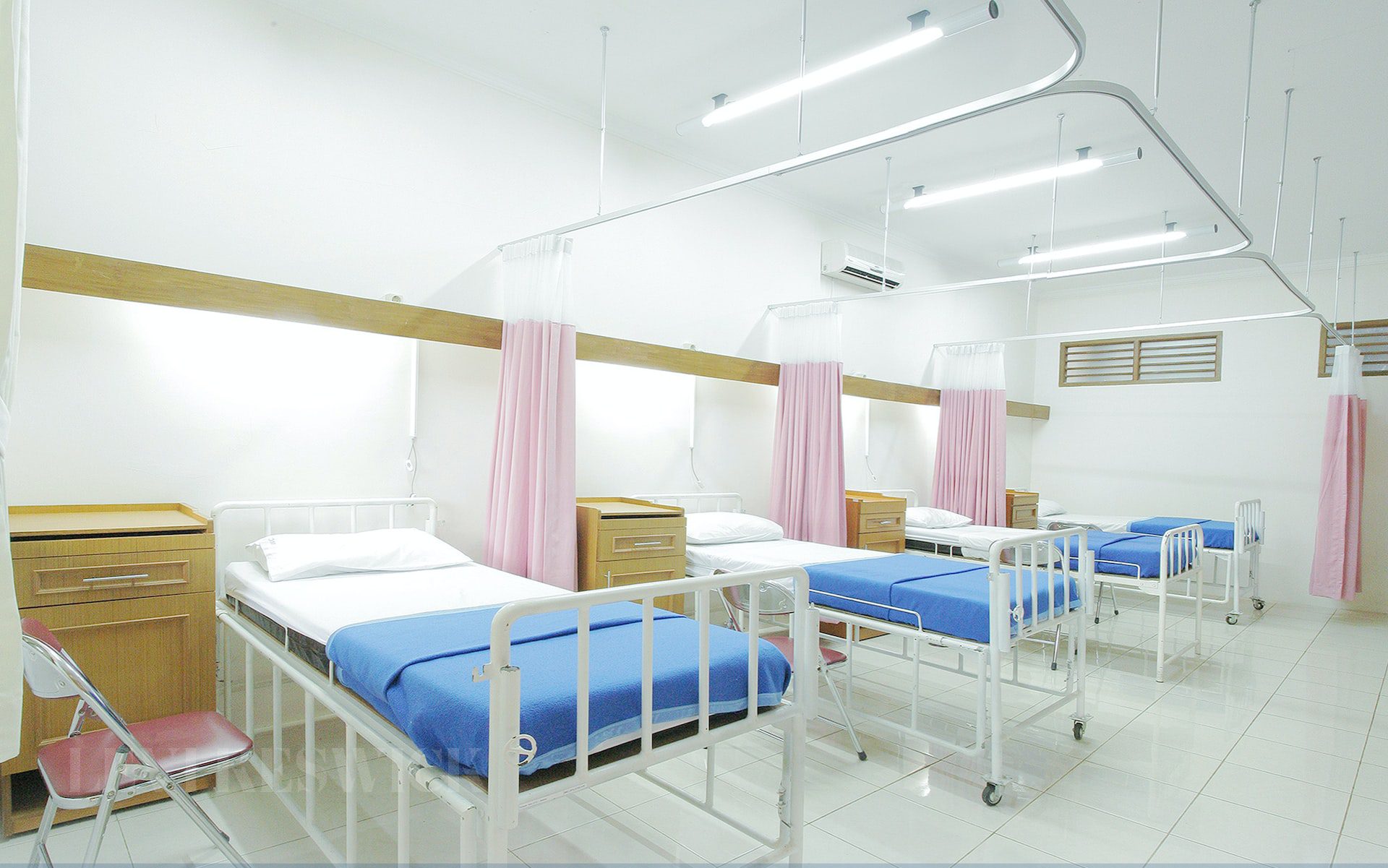It is no secret that hospitals are often breeding grounds for bacteria and other pathogens. In fact, one study found that nearly 1 in 4 hospital patients contracts an infection during their stay! This can be a serious problem, as these infections can often lead to longer hospital stays, increased medical costs, and even death. In this blog post, we will discuss six solutions to hygiene problems in hospitals. Implementing these solutions can help keep patients safe and healthy! So, let’s get started…

1. Kill Bacteria By Using UV Light Sanitizer Boxes
One of the most effective ways to kill bacteria and viruses is by using ultraviolet (UV) light. UV light sanitizer boxes are becoming increasingly popular in hospitals, as they provide a quick and easy way to sanitize small items like phones, keys, and wallets. These boxes use UV-C light to kill 99.99% of bacteria and viruses, making them a great tool for preventing the spread of infection. Also, a hospital UV light sanitizer is very easy to use. You can simply place your items in the box and turn it on. The UV light will do the rest!
2. Increase The Frequency Of Cleaning And Sanitizing
Another way to reduce the risk of infection is by increasing the frequency of cleaning and sanitizing in hospitals. This means that high-touch areas like door handles, light switches, and handrails should be cleaned and disinfected more often. In addition, floors and surfaces should be mopped or vacuumed on a daily basis. By increasing the frequency of cleaning, hospitals can help reduce the spread of infection.
3. Use Disposable Products Whenever Possible
Another solution to hygiene problems in hospitals is to use disposable products whenever possible. This includes items like bedding, towels, and eating utensils. By using disposable products, hospitals can help reduce the spread of infection. In addition, using disposable products can also help save money in the long run! For example, using disposable bedding can save hospitals the cost of laundering bedding on a daily basis. Or, using disposable towels can save hospitals the cost of washing and drying towels.
4. Encourage Hand Washing

One of the most important ways to prevent the spread of infection is by encouraging hand washing. Hospitals should have signs and posters that remind staff and visitors to wash their hands. In addition, hospitals should provide ample opportunities for hand washing, such as sinks in patient rooms and bathrooms. Furthermore, hospitals should provide alcohol-based hand sanitizers in high-traffic areas. By encouraging hand washing, hospitals can help reduce the spread of infection.
5. Improve Air Quality
Another way to reduce the spread of infection is by improving air quality. This can be done by using high-efficiency particulate air (HEPA) filters in hospital rooms and public areas. HEPA filters are designed to remove 99.97% of particles from the air, including bacteria and viruses. In addition, hospitals should keep the air moist to prevent the spread of airborne viruses. This can be done by using humidifiers in hospital rooms and public areas. Also, hospitals should avoid using fans, as they can circulate bacteria and viruses. This is especially important in surgical areas.
6. Use Protective Equipment
Another solution to hygiene problems in hospitals is to use protective equipment. This includes items like gloves, gowns, and masks. By using protective equipment, hospitals can help reduce the spread of infection. In addition, using protective equipment can also help keep staff and visitors safe from exposure to hazardous materials. For example, gowns and gloves can protect staff from exposure to blood and other bodily fluids. Masks can protect staff and visitors from exposure to airborne viruses. Additionally, using protective equipment can also help reduce the risk of needle stick injuries. This can happen when staff members are accidentally poked by needles that have been used to treat patients. If it happens, it can lead to the spread of infection. Steps that must be taken in this kind of situation are to immediately wash the area with soap and water, apply pressure to the wound, and seek medical attention. A doctor will then decide if the wound needs to be treated with antibiotics. Additionally, the staff member who was poked with the needle will be monitored for any signs of infection.
So, there you have it! These are six solutions to hygiene problems in hospitals. Implementing these solutions can help keep patients safe and reduce the spread of infection. This is especially important during the current pandemic. Since the pandemic started, hospitals have been working hard to implement new hygiene protocols. However, there is always room for improvement. Thank you for reading! We hope this was helpful. Stay safe!








